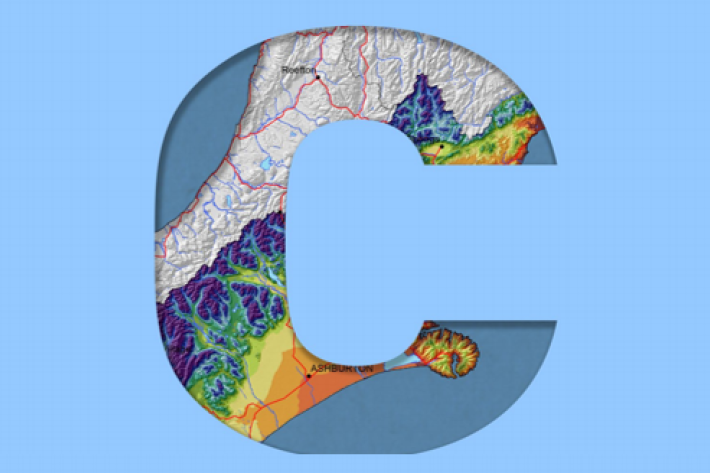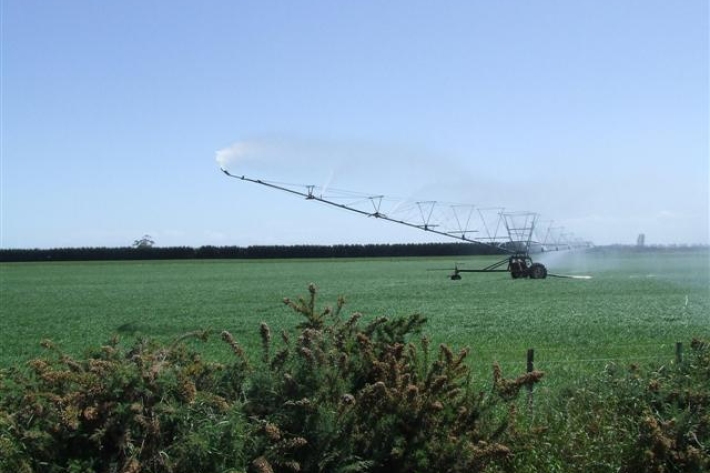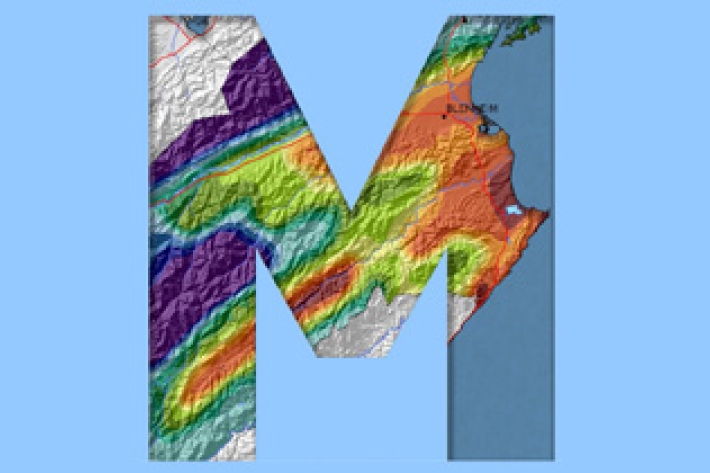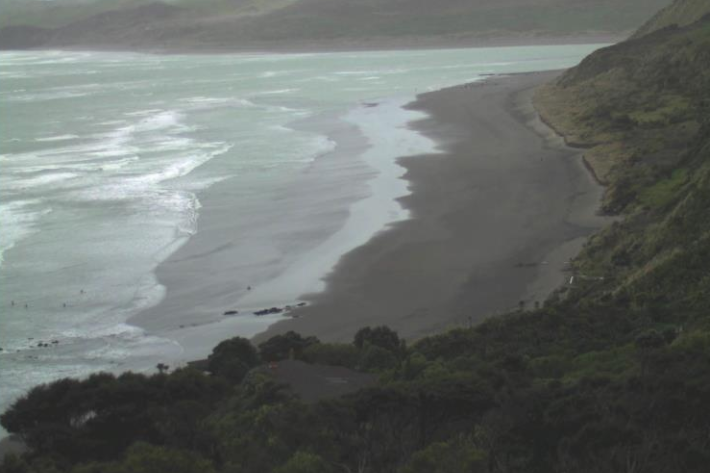-

How deep is the snow at your place?
Measurements of snowfall at low elevations around New Zealand are few and far between, and yet the data would be really helpful in understanding how snowfall occurs and quantifying snow-related risks. -

Canterbury
All aspects of the climate of Canterbury are dominated by the influence of the Southern Alps on the prevailing westerly airflows. -

Water abstraction and agriculture
How do agricultural activities potentially influence water flows? -

Tuna - customary fisheries
Māori have an extensive knowledge of the ecology of freshwater eels, and have maintained their customary fisheries for several centuries. -

Population modelling software
Casal2 is an advanced software package developed by NIWA for modelling the population dynamics of marine species. -

Other Climate data products
Short-term to long-term data estimation -

High Performance Computing Facility
FacilityThe High Performance Computing Facility (HPCF) is supercharging New Zealand science. -

Mean daily global radiation (Mj/sq m)
These datasets are available in a range of formats. -

Freshwater fish species list
A list all of New Zealand's freshwater fish species. -

Marlborough
The main characteristic of the Marlborough climate is its dryness. Summer droughts are frequent, and the region is often swept by warm, dry northwesterlies. -

Tuna
Tuna or freshwater eels are a very significant, widely-valued, heavily-exploited, culturally iconic mahinga kai resource.

